Dana Sherwood is In Wild Air
Volume V | Edition LVIII
Made by Heath Killen
Dana Sherwood is In Wild Air
Dana Sherwood is a New York based artist whose work explores contact between human and non-human animals in order to understand culture and behavior. Her sculptures, videos, and watercolors portray ritualized feedings Sherwood creates for animals who live on the frontiers of human civilization. She experiments night after night serving them decadent cakes, sculpted gelatin molds, and rare meats for them to enjoy, capturing their indulgence on film and making paintings of the encounters. The animals play a complex role as subjects and collaborators, asserting their visibility and desires even as Sherwood’s work theorizes about the Anthropocene, the current geological epoch in which human activity has caused substantial, irreversible damage to the natural world.
Since receiving a BFA from the University of Maine in 2004 Sherwood has exhibited throughout The Americas and Europe including solo exhibitions at Nagle-Draxler Reiseburogalerie, Denny Gallery and Kepler Art-Conseil Paris. Her work has also been shown at The Fellbach Sculpture Triennial, Kunsthal Aarhus, The Palais des Beaux Arts Paris, Marian Boesky Gallery, Socrates Sculpture Park, Flux Factory, The Biennial of Western New York, Prospect 2: New Orleans, Scotia Bank Nuit Blanche, dOCUMENTA 13, and many other venues worldwide.
She currently lives in Washington Heights with her husband and frequent collaborator, Mark Dion.
CULTURE
Treasure
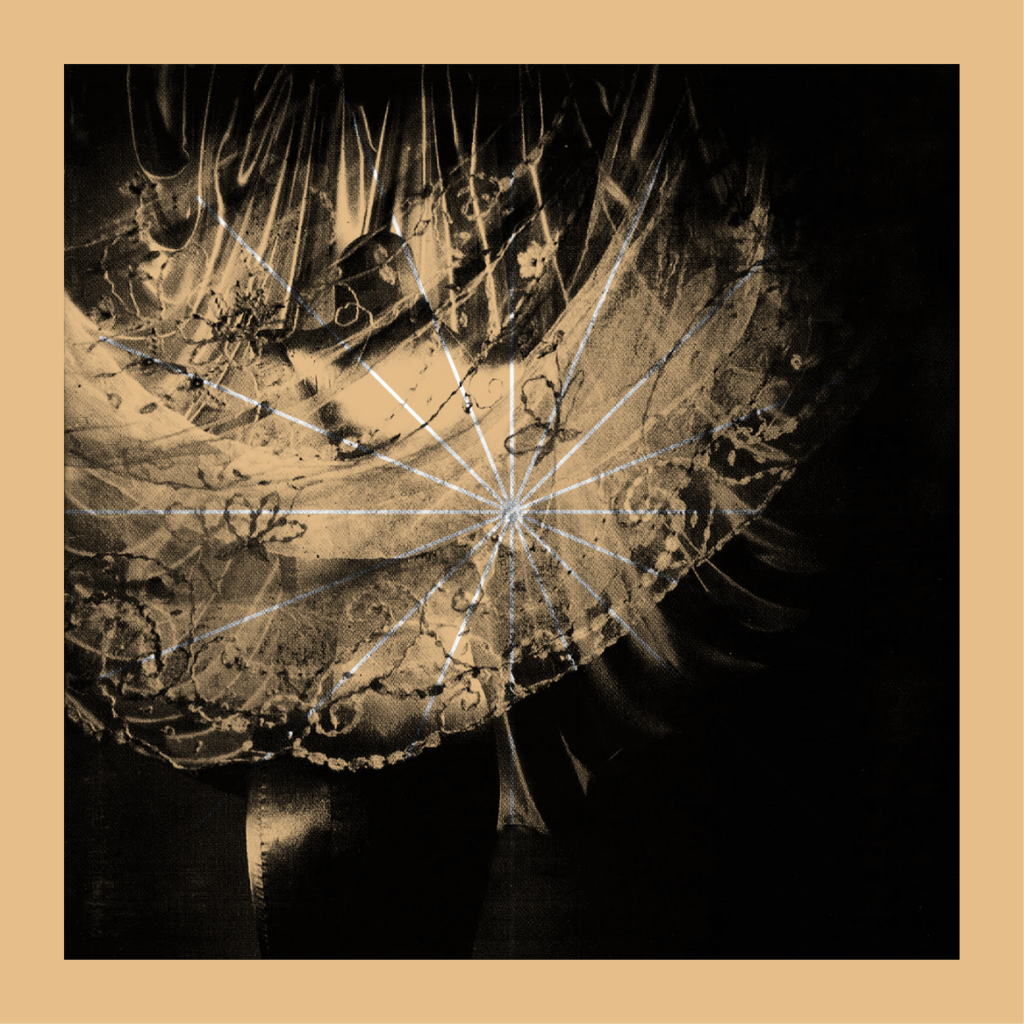
I have recently rediscovered the Cocteau Twins album Treasure from 1984. Its magical, ethereal sounds formed the backdrop of my life with a group of vagabond girls in New Orleans in the late 90’s. It was a time when I was just starting to manifest the aesthetic sensibilities that would inform my world and my work for the next 20 years. We lived in falling down mansions with grand fireplaces and cracked crystal chandeliers, our balconies being torn asunder by rampant jasmine, bougainvillea and cats claw. Whenever I play this album the music evokes this strong sense of beauty, decay and bourgeoning possibilities … it is pure magic. I play it over and over when I’m in the studio working. It is a crucial part of my present atmospheric composition for inspiration and fertile creative space.
I place a lot of importance on the scenography of the studio. I use sound, lighting, scent, special teas, and other inspiring beverages to construct an atmosphere for inspiration and productivity that buoys the working process. I think of it as a kind of artists’ ritual of charging the space to make work. My current scenographic recipe is:
Music: Cocteau Twins’ Treasure on repeat.
Lighting: bright, natural sunlight filtered through large potted elephant ears and lots of vintage lamps and chandeliers all around my work table.
Scent: Vetivert incense by a company called Maroma that I buy at my local grocery store.
Beverage: Green jasmine pearl tea from a verdigris colored art deco teapot that I found at the Naschmarkt in Vienna many years ago.
PEOPLE
Animals
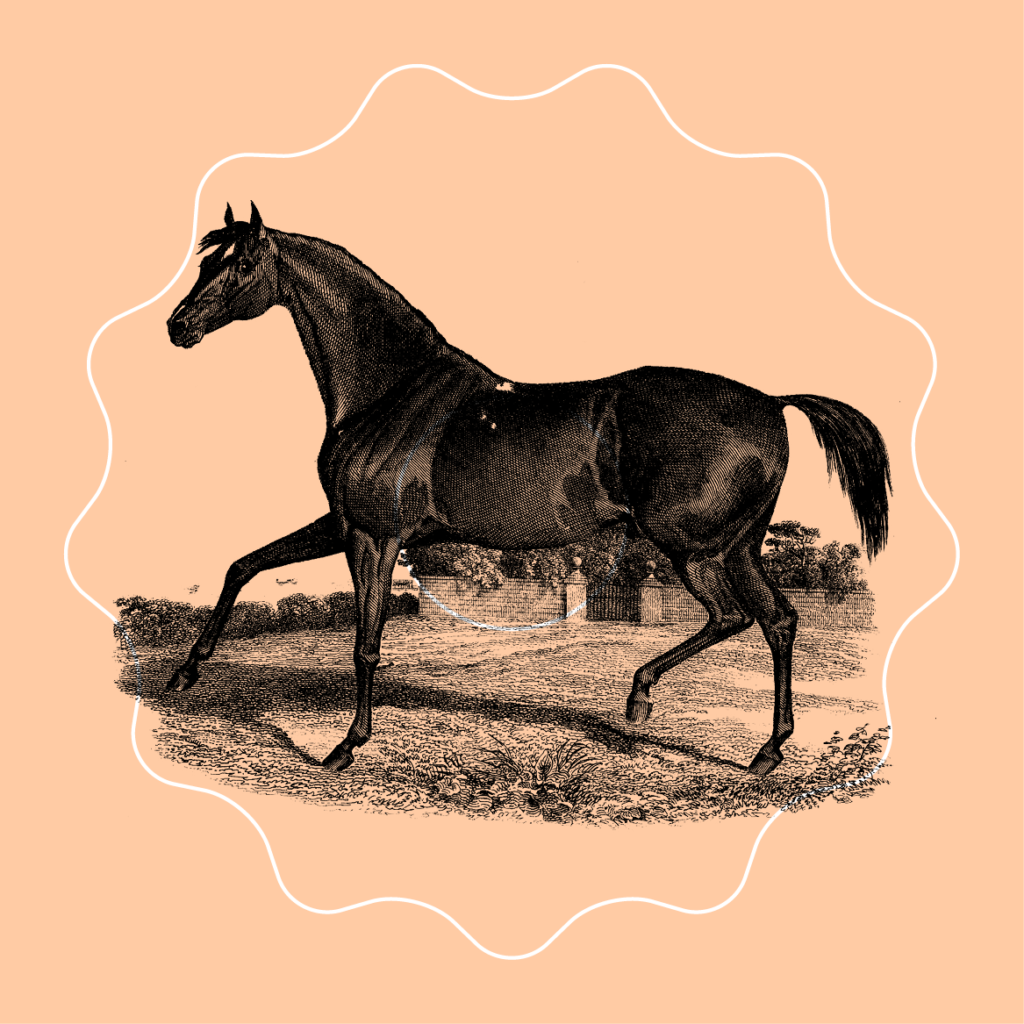
Currently the most interesting beings in my life and especially my working life are not human. I have been watching animals in the wild, mostly raccoons and possums but also deer, foxes, baboons, horses and snails. It is truly astounding how profoundly my life has been affected by watching and collaborating with animals. As an artist, I am obsessed with control. I work hard to maintain control over the final outcome of my projects. But since I started my current practice of feeding and filming wild animals I kept running into situations where the animals would not behave the way I expected them to. For a while this felt like a failure until I realized the most interesting projects were the ones subverted by them, creating an unpredictable outcome and unexpected reaction from me. I realized that relinquishing my perceived control allowed the work to be liberated from the constraints that exist in my mind and that actually confine ideas and deaden the work. I have been inspired to allow this principle to carry over into the way that I paint and draw and how I approach the world in general.
Pema Chodron, the Buddhist nun, speaks of a concept of grasping too tightly that causes suffering and blocks happiness. One day recently while riding my horse, it struck me that this could be applied to the equestrian discipline of dressage, whose core concepts are harmony and grace between horse and rider. When I grip the reins too tightly, out of fear of losing control or trying too hard to force submission, the horse is tense and his gaits won’t swing—he won’t be through—as we say. But when I give my hand and allow for an elastic contact with the bit, the power generated by his hind quarters can flow through our bodies, into the contact in my hands, forward—generating a circle, a constant forward motion that can ideally be maintained throughout the ride, causing a sense of unity between horse and rider. True joy.
PLACES
Mongolia
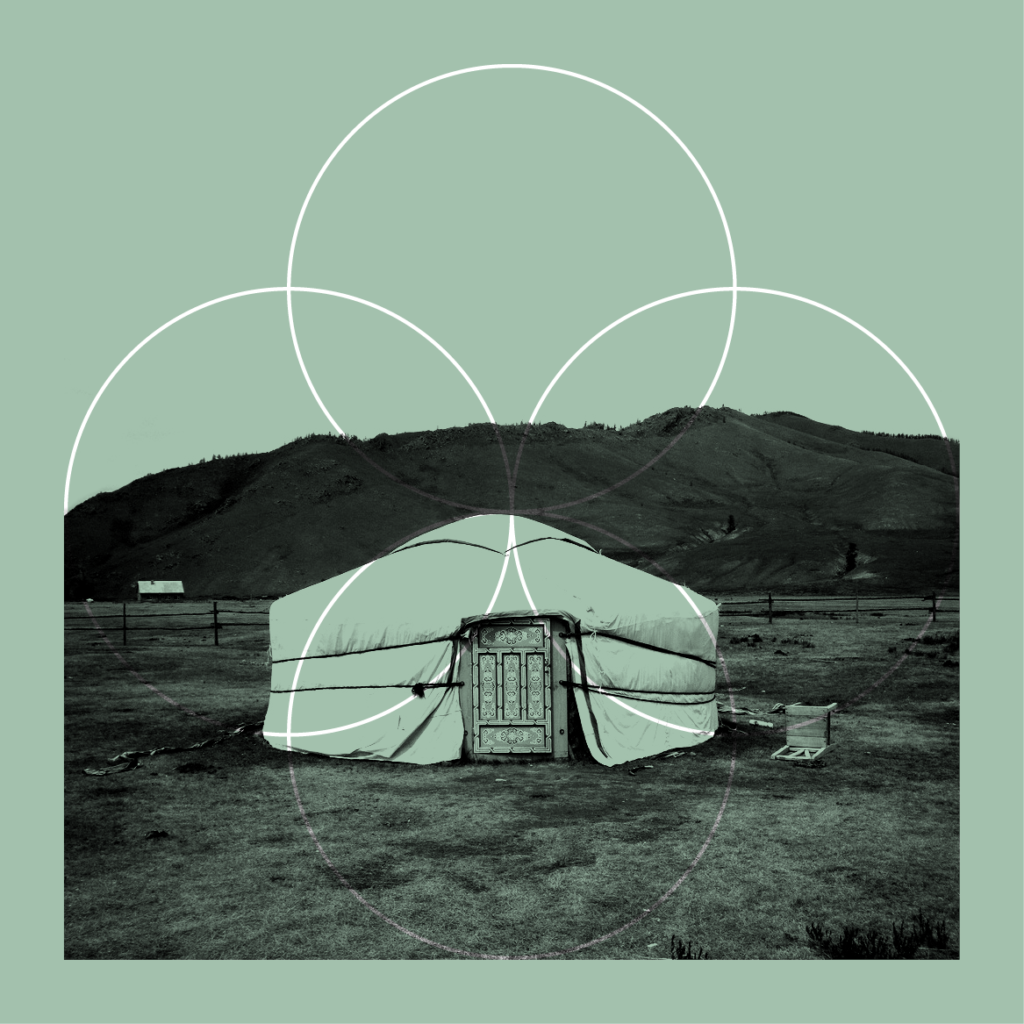
Mongolia has always held a strong source of myth and fantasy for me so I was delighted to have been invited by an organization called Red Hero to begin a long term project there. I made my first voyage last spring and will return in 2018. It is a truly wild, open, and free land. I spent three weeks there living in Yurts (or Uyangiin Gers as they call them in Mongolian) eating fresh killed goat with just my bare hands and a communal knife, drinking salty milk tea, and passing the ceremonial snuff. We rode horses for many miles across the landscape in tiny wooden saddles with old men and young children. I learned how to make traditional dumplings called buuz. I sat awed listening to a great traditional throat singer and horse violin player give a private performance in a cramped ger. The greatest of many adventures I had while there was spending time with the herders and their horses. They have an incredible relationship with their animals that revolves around a profound respect for nature and its cycles. It permeates all aspects of the culture and speech. The landscape itself is vast and open without roads of any kind and few landmarks, it’s truly a wonder how the Mongols find their way. The horses, goats, sheep, camels and cattle are left free to roam, there are no pens or fences, and the horses are only ridden in the warmer months. In the winter they return to their wild state. However, it is a mutually beneficial system and the herds and the herders stay together as they move from camp to camp marked by the changing of the seasons.
THINGS
Trail Cameras
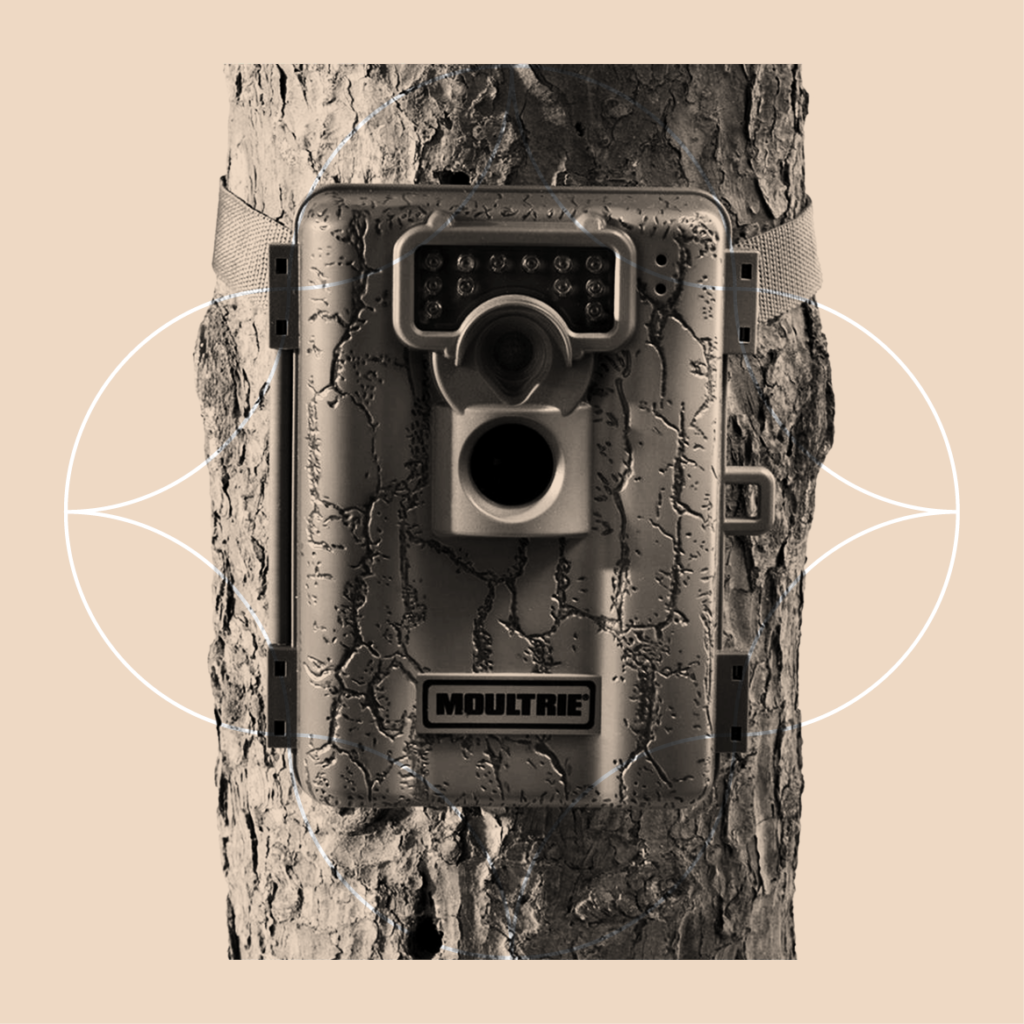
I have been using “trail cameras” for many years to film animals in my video pieces. Over that period of time I have tried many models and brands with varying outcomes and some major quality and reliability issues. My camera of the moment is the Browning Recon Force Trail Camera with HD video and infra-red night vision. Trail cameras, sometimes called camera traps, are special cameras generally used by hunters or scientists trying to locate animals in the wild. They are unique in that they are battery operated and do not require electricity, they are weatherproof, and they are activated by heat and motion sensors that turn the cameras on and off when an animal is near. They do not emit any lights or sounds that would frighten animals. For my videos I set up elaborate outdoor feasts for wild animals based on their natural diet, and over a period of up to three months I add other foods based on their preferences that I witness on film. The trail cameras make it possible to observe their behavior and gives me the rare opportunity to see different species interacting together as possums, raccoons, and house cats all share the same table. My physical presence is not required giving me a much greater chance of viewing animals interacting with each other in their own habitats on their own terms without the fear of human invasion.
THOUGHTS
Clarissa Pinkola-Estes
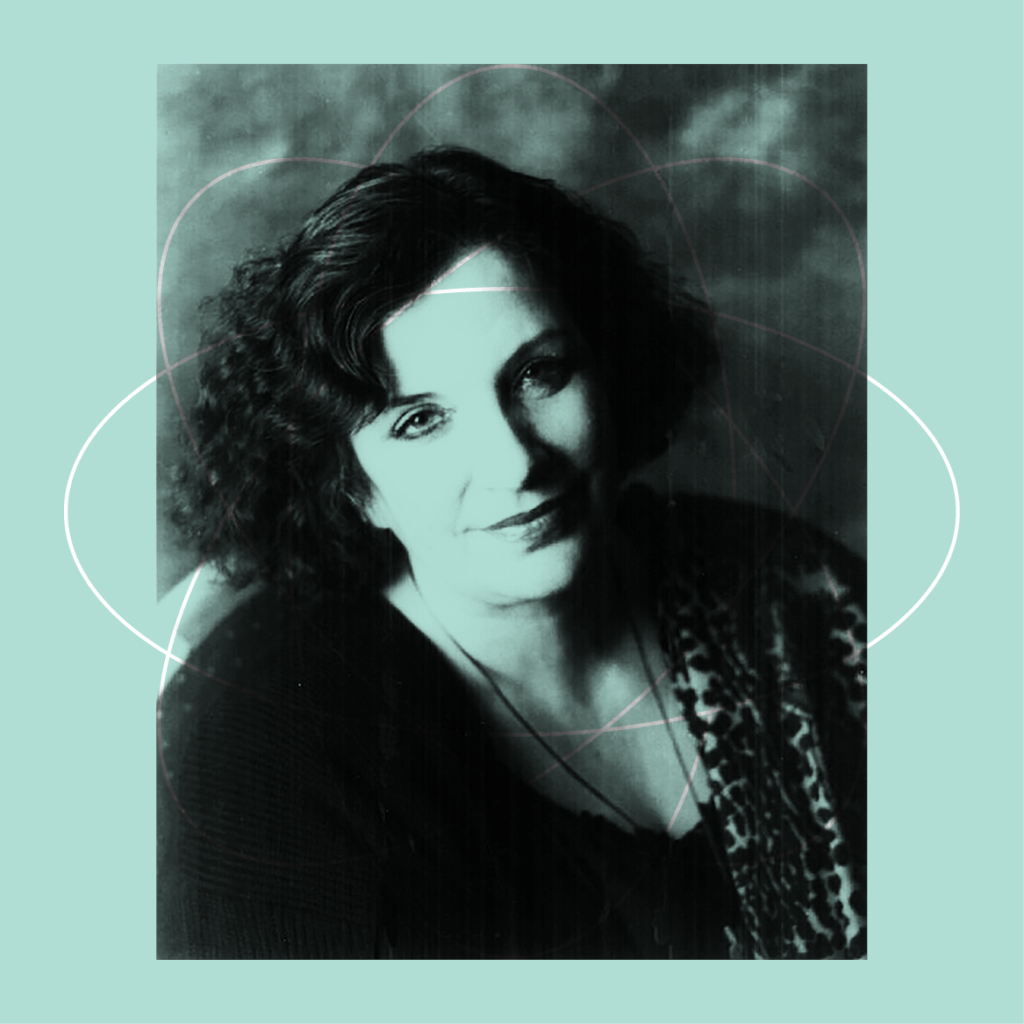
Jungian analyst, writer, scholar, and cantadora, Clarissa Pinkola-Estes first crossed my path when I was in my late teenage years. Her book, Women Who Run with Wolves corroborated many secret suspicions about the world that I held close throughout adolescence. Her work was key to unlocking the doors to belonging, and, along with finding true community, helped dissolve that sense of isolation that many young artists feel.
Recently, I discovered her many recorded talks based on myth, folktale and Jungian archetypes that give insight into leading a creative life. I love to listen to them while I am painting, especially during the tedious filling in phase of my larger works. One of them, called Mother Night is a kind of pep talk for artists consisting of stories from all traditions, such as Goethe’s The Erlkönig, which she interprets using archetypes to explain its meaning in relation to creative endeavors. She talks a lot about the “over-culture” and western culture in particular that values economic enrichment above all else, only validating skills that can be monetized. Using the old stories and tales she attempts to reestablish the importance of developing culture in both the individual and society for the betterment of all. She urges us to be fierce and fearless in life, which is especially useful on the uncertain path of an artist.
“Go out in the woods, go out. If you don’t go out in the woods nothing will ever happen and your life will never begin.”
Clarissa Pinkola Estes
WILDISM
Adaptogens
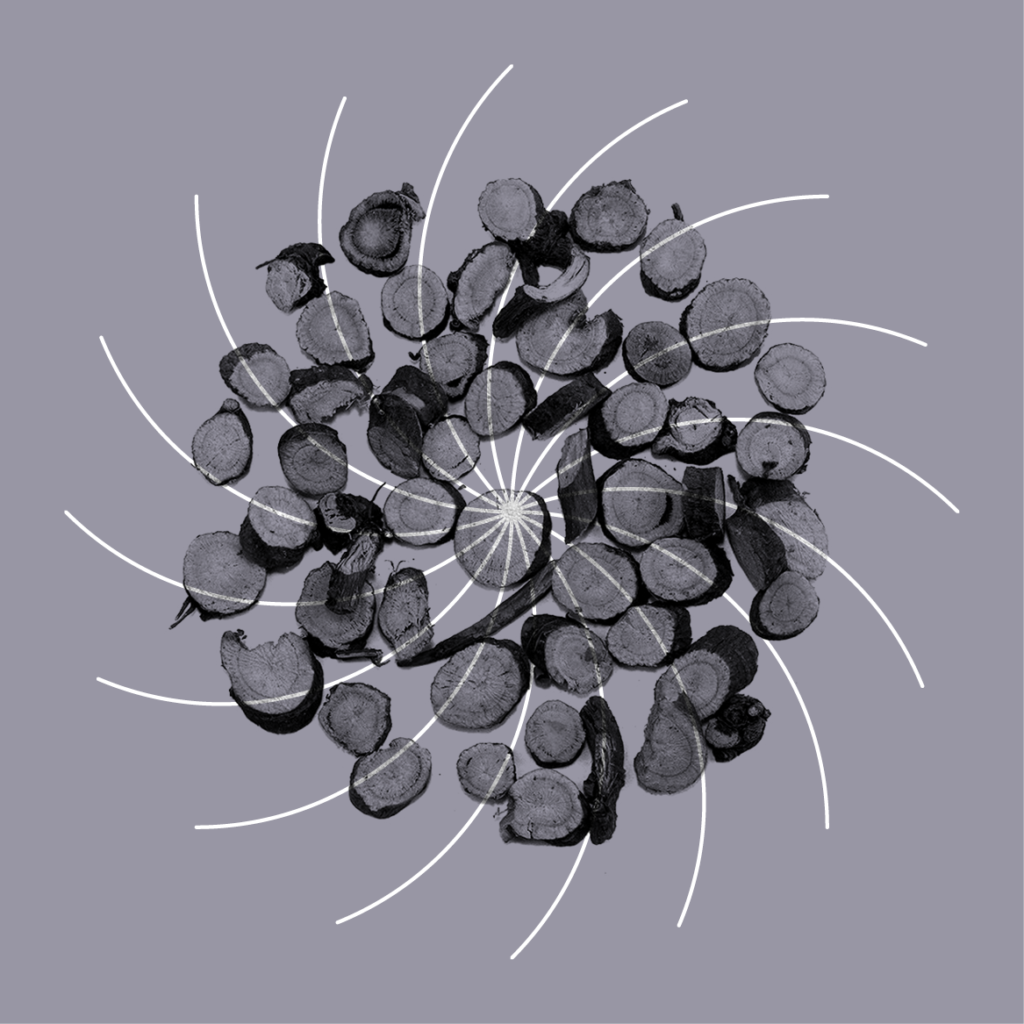
I am a bit of a cookbook hoarder and am always researching new recipes and ways to experiment with ingredients, food design and presentation. Although my culinary creations often look like confectionery, they usually incorporate various plants, soil, root systems, fungi and flowers as well as sugar and flesh. Increasingly, I am attempting to make them even more beneficial to my animal guests beyond providing a calorific boost. This led me to my recent discovery of a category of non-toxic herbal plants called adaptogens.
Adaptogens are plants known to help the body adapt to chemical, biological and environmental stress and most have antioxidant properties. They help to restore balance and strength and are especially useful when considering all the stressors encountered in the environment on a daily basis. They have been used for thousands of years dating back to ancient China and India, but were “rediscovered” in the 1940’s by Soviet scientists, who coined the term “adaptogen”. These scientists found various active constituents in adaptogenic herbs work to stimulate the neuroendocrine and immune systems via multiple metabolic pathways. They effect the brain, nerves, endocrine glands and the immune system by helping to re-regulate, normalize and enhance function.
They are described in some cookbooks as having near magical properties and I am interested in finding out how they can be used to heal animals or maybe imbue them with supernatural fortifications for a rapidly changing planet in the age of the anthropocene.
ELSEWHERE
Elsewhere

A selection of works on paper, sculpture and video are available for purchase through Denny Gallery in New York.
My work can be seen as part of the exhibition LOVE 2018: Purple Hearts, at Leroy Neiman Gallery at Columbia University January 16th –February 14th 2018.
